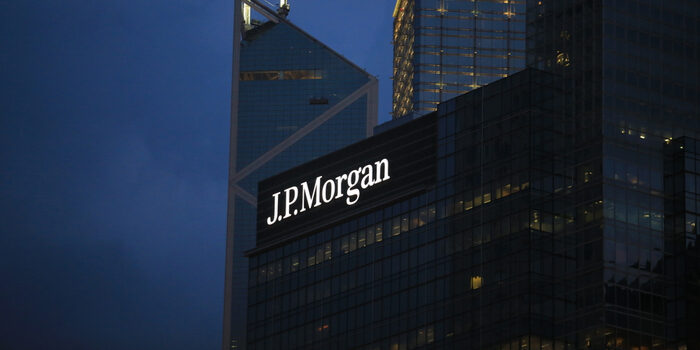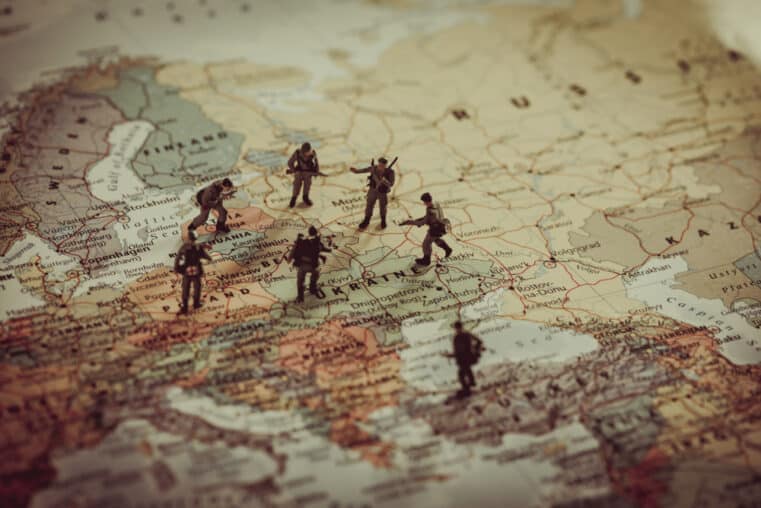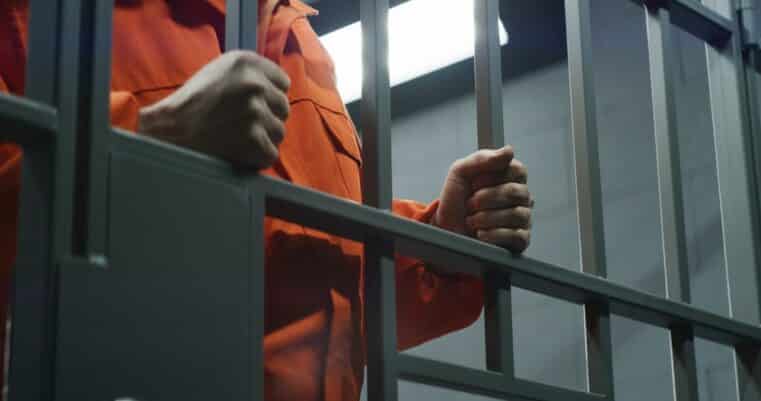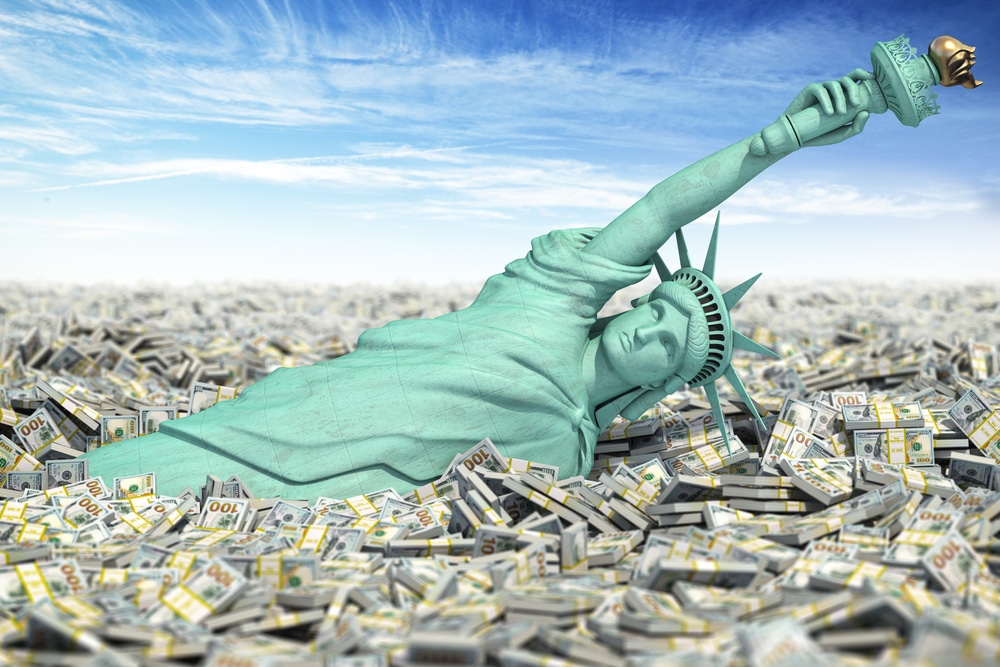
What the Capital One and Chase Bank Stress Test Failure Might Mean for Your Money
Since the 2008 financial crisis, the Federal Reserve has required all US banks to undergo occasional “stress tests” to ensure that no bank would collectively or single-handedly collapse the entire financial system as it did during the housing crisis.
18 banks were stress-tested. Two banks--Capital One and JPMorgan Chase--FAILED in the first round.
Both banks were required to undergo a second round of testing. They passed, but barely.
To meet the Fed’s minimum capital threshold, both banks had to make internal capital adjustments to meet the central bank’s passing limit.
Capital One and JPM finally made the cut, but as you can see in the image below, the second-round results were hardly reassuring.
So, what’s the purpose of the Fed’s stress test?
Simply put, it aims to ascertain whether a bank is capitalized enough to withstand a major economic downturn.
In other words, should the banks face a significant adverse economic environment, would the banks have enough capital reserves to survive--or will they collapse, triggering a potential “bail-in” in which the bank may freeze and utilize depositors’ accounts, lest it risk collapsing the entire financial system as it did almost over a decade ago?
So far, the overall results satisfied the Fed’s requirement for the nation’s largest financial institutions to hold adequate levels of capital.
As the Fed’s vice chairman of banking supervision Randal Quarles said “The results show that these firms and our financial system are resilient in normal times and under stress.” (wait, in terms of resiliency, didn’t they say something similar in 2007?).
During last year’s round, 38 banks were stress-tested. This year, only 18 banks participated--the remaining banks to be included in the 2020 round.
The Fed also noted that some of the banks new to the stress testing process--namely, US affiliates of Barclays, Credit Suisse, Deutsche Bank, and UBS--showed varying degrees of “weaknesses in stress loss and revenue projection” with regard to their most significant risks.
What’s critical, however, is that the Fed had warned banks against taking large trading positions which can pose significant risk to the banks’ reserves during a downturn.
But let’s stop for a moment and think about those reserves--a large portion of that money likely belongs to depositors. In other words, your money.
And even if you’re okay with large banks taking risks with your money in the mega-casino we call “international finance”--risks that can push banks toward insolvency should another economic collapse like 2008 happen--are you fully aware of how large a risk they’re taking with your funds?
The bottom line is that until data like the one we’ve just seen are publicly released, we do not know what banks are doing with our money.
And there’s no reason to trust that what they’re doing is in the best interest of their depositors.
The most prudent solution is not to put 100% of your hard-earned savings into banks. It’s better to stash a portion of your money away so that it can’t be diluted, can’t be used to make reckless trades, and can’t be confiscated in the event of a bank bail-in should a bank edge toward collapse.
Keeping a portion of your wealth in gold and silver and under private lock and key is the only way to guarantee that no outside financial entity can ever lay hands on your wealth and investments.












